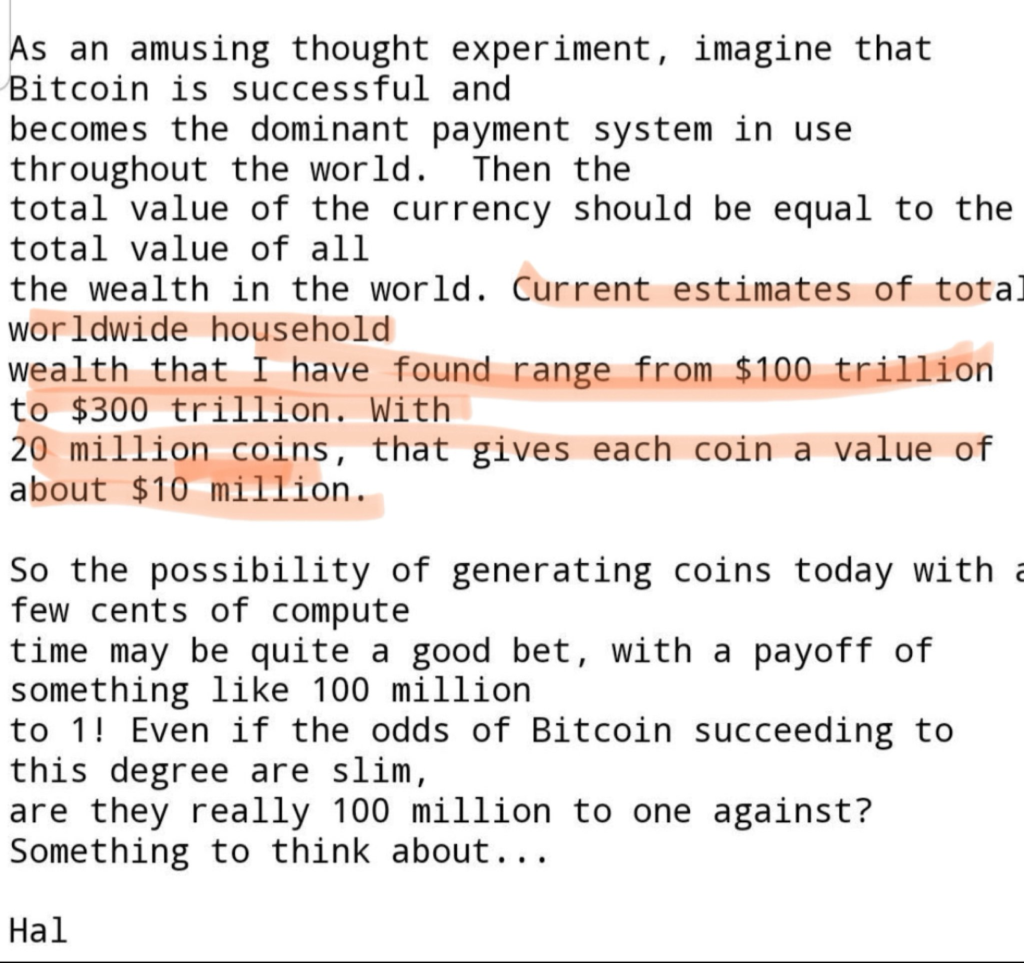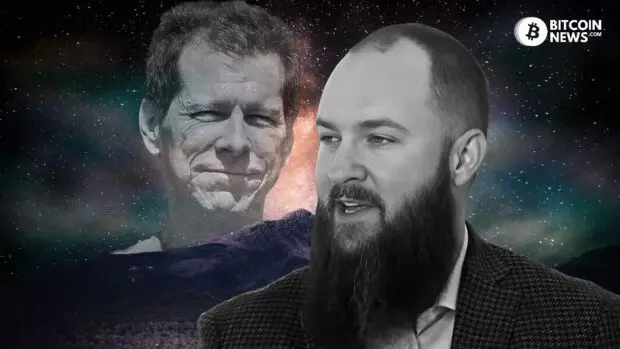During a speech at the Plan B Forum in Lugano, Switzerland, Jameson Lopp, the co-founder and CTO of CASA, expressed skepticism regarding the widely held connection between the renowned cryptographer Hal Finney and Satoshi Nakamoto. Notably, Finney, who passed away in 2014, is believed to be the enigmatic Satoshi Nakamoto, the creator of Bitcoin.
Lopp acknowledged Finney’s significant contributions to the world of Bitcoin, notably being the first person, besides Satoshi Nakamoto, to download and run the Bitcoin software. However, CASA CTO presented compelling evidence suggesting that Finney may not have been the mastermind behind the Satoshi persona.
Related reading: The Technological Origins of Bitcoin
Lopp’s Arguments About Hal Finney
He presented an interesting “potential objection” by pointing at a 10-mile race held on April 18, 2009, in Santa Barbara, California, in which Finney participated. At the time when he was on the track, an email exchange took place between Satoshi Nakamoto and developer Mike Hearn.
Lopp argued that it would have been implausible for Finney to engage in email communication while actively participating in a race. Additionally, a BTC transaction took place during the same time frame as the race, indicating that Finney’s involvement in such correspondence would have been unlikely. Lopp stated:
“You see, for the hour and 18 minutes that Hal Finney was running down this course in Santa Barbara, we can be quite sure that he was not at a computer or other electronic device where he would have been able to do what Satoshi was doing.”

Furthermore, Lopp uncovered a Swiss IP address linked to developer Mike Hearn, which coincided with his timings at Google’s Swiss Office at the time. This IP address corresponds to the period when Satoshi was actively online, providing additional evidence that he was actually working while Finney participated in the race.

Lopp’s Extensive Research
In response to the question about whether Hal Finney could have been part of a group involved in the creation of Bitcoin, Jameson Lopp argued that while it’s possible, the principle of Occam’s Razor suggests a simpler explanation. He referred to Benjamin Franklin’s saying, “Three can keep a secret if two of them are dead.” Lopp emphasized that in all his extensive research into Satoshi Nakamoto, he had not encountered any compelling evidence to suggest that it was a group effort.
Moreover, since his diagnosis in August 2009, Hal had physically changed in very obvious ways, including his typing abilities. As for Satoshi Nakamoto’s activities on August 14 and 15,2010, he was quite active in terms of his involvement in the development of Bitcoin. Lopp reveals that on those dates, Satoshi made four code check-ins and participated in 17 forum posts, reaffirming that Finney and Nakamoto are two separate individuals.
Differences in Coding Style
Lopp also conducted a comparison of Nakamoto and Finney’s coding styles and observed notable differences in their personalities and coding preferences. Lopp raised a valid question about how an individual could exhibit such markedly diverse coding patterns, stating:
“I’m a software engineer. I know the code. And their code was not the same. And in fact, we can look at Hal’s reusable proof of work code. We can compare it to the very first release of the published code for bitcoin, and several large differences are immediately apparent.”
Hal Finney was a significant figure in the Bitcoin world, leaving behind a lasting legacy of innovative concepts. Tragically, he succumbed to amyotrophic lateral sclerosis (ALS) in August 2014 in Phoenix, Arizona.

In a historic email exchange with Satoshi Nakamoto, Finney was among the pioneers to assign a value to bitcoin. In 2009, he envisioned that if even a fraction of the world’s total household wealth flowed into Bitcoin, its value could potentially reach $10 million per coin.










